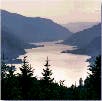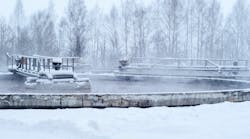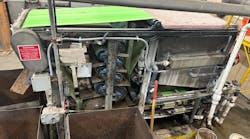The U.S. Environmental Protection Agency has designated two (2) new ocean dredged material disposal sites near the mouth of the Columbia River.
These two news sites—created in accordance with the federal Marine Protection, Research and Sanctuaries Act (MPRSA)—will be used to expand dredge disposal capacity and to accommodate the several million cubic yards of dredged material produced annually by the Corps of Engineers as they maintain the mouth of the Columbia River for navigation.
The two sites designated in EPA’s final action are a "Shallow Water" site and a "Deep Water" site:
The Shallow Water site is a near-shore, dispersive site where material disperses back into the littoral zone after placement at the site. This site tries to reflect what states and some groups had expressed as a desire to keep material available for beaches. While placement at the Shallow Water site is not expected to directly result in material moving onto beaches, it should contribute to the littoral zone material load.
The Deep Water site is a deep site, located to, among other things, ensure capacity for dredged material for long-term needs. The site avoids biologically diverse areas and is located to be usable for at least the next fifty years.
According to Gary Voerman, Aquatic Resources Unit Manager for EPA in Seattle, these designations were arrived at after extensive study and careful consideration of all comments received following the designation proposal.
"We clearly heard both positive and negative views during the public comment period," said EPA's Voerman. "At the end of the day, when we re-looked at our research, modeling and the decison-making process, we arrived at the same conclusion: these sites reflect the best balance of sound science, environmental and economic concerns, and the fulfillment of our statuatory responsibility under our dredge disposal site designation framework. This is difficult but important work for the Columbia and the region."
The U.S. Army Corps of Engineers is expected to be the primary user of the sites, however, the sites would be available to others, such as ports and marinas. Site users, other than the Corps, must seek a permit from the Corps and the Corps must obtain EPA concurrence before issuing a permit for site use. For Corps use, the Corps must follow regulations which apply the same criteria, procedures and requirements which apply to the issuance of permits for disposing of dredged material, including obtaining EPA concurrence.
Source: EPA


